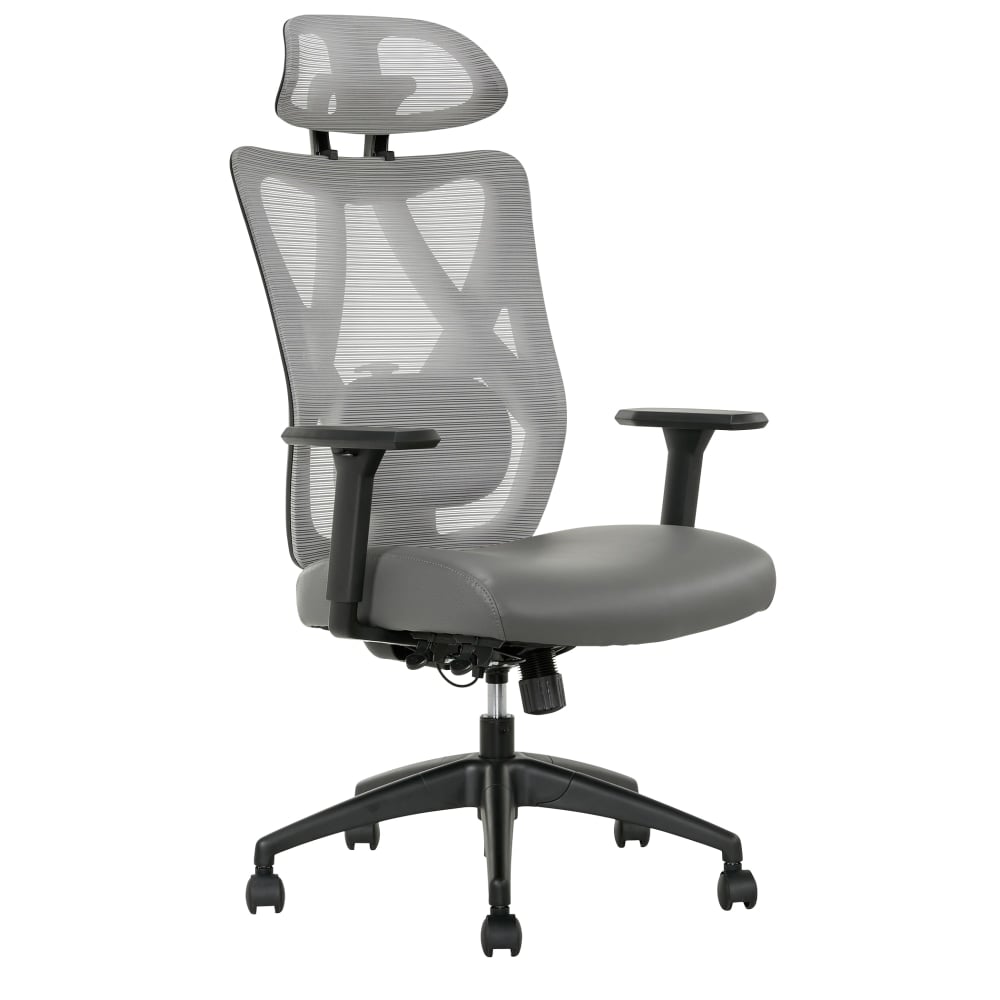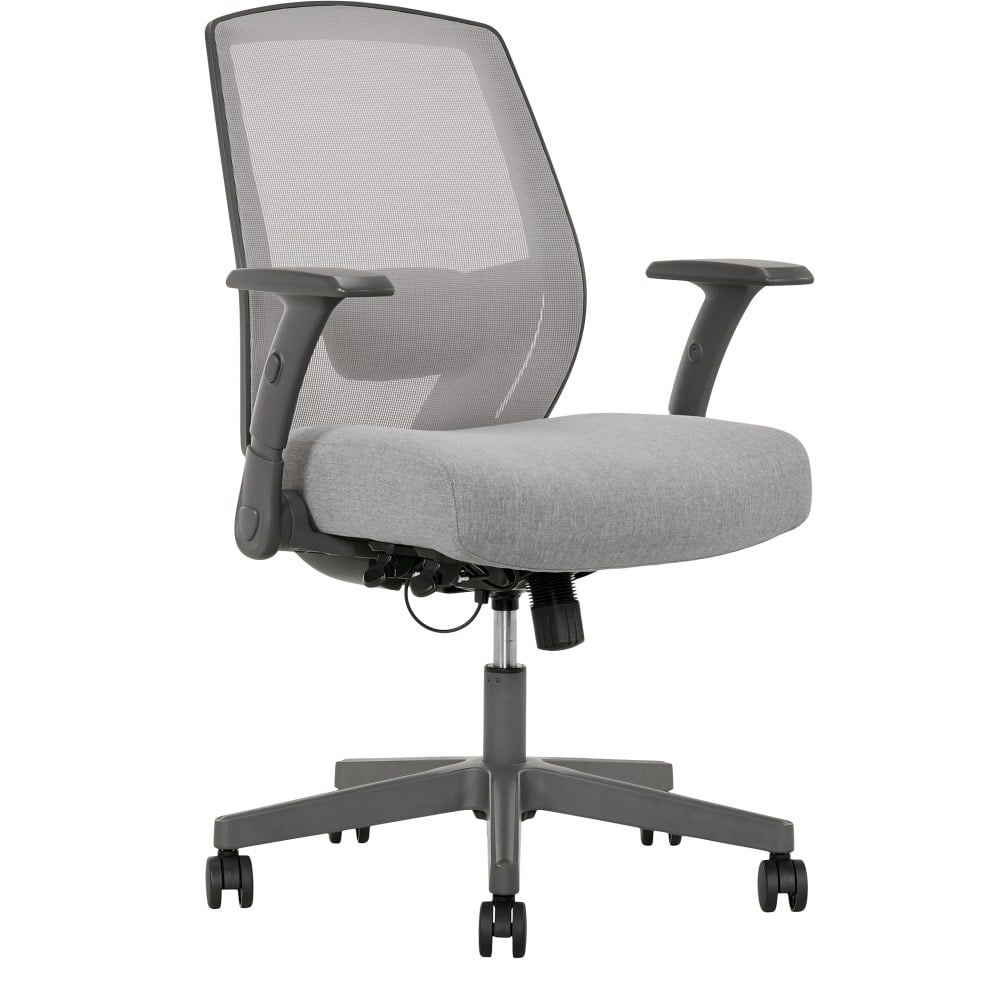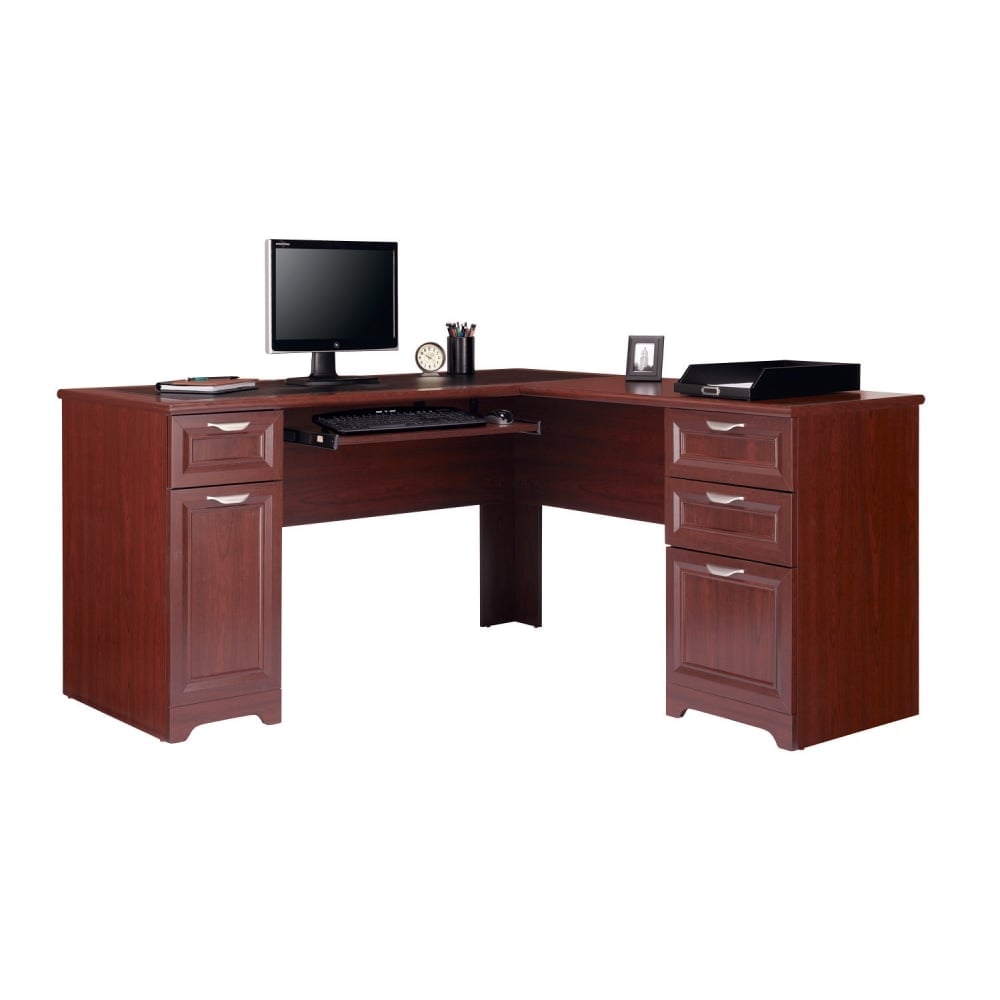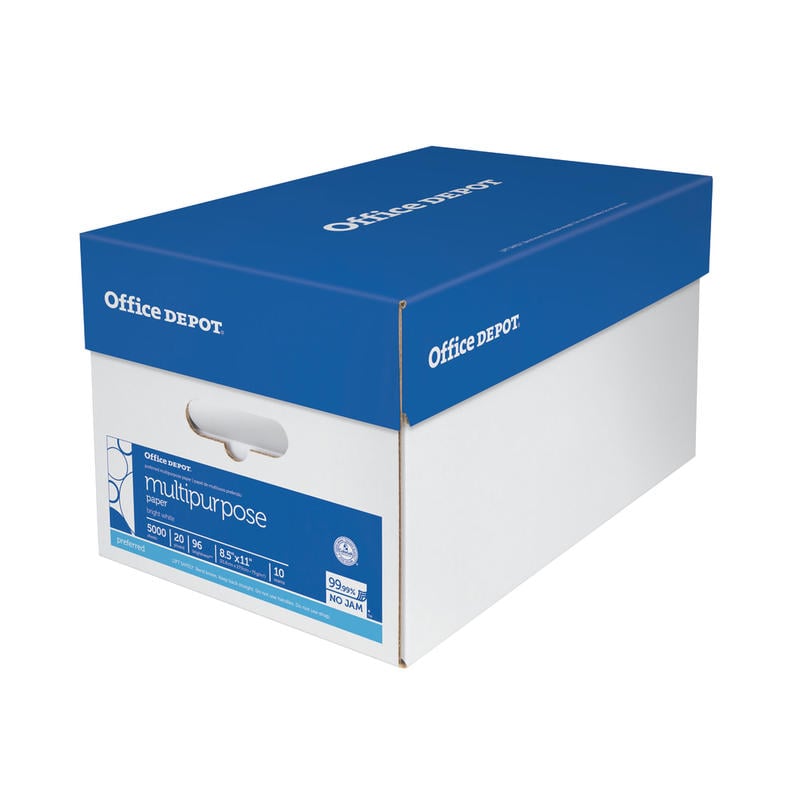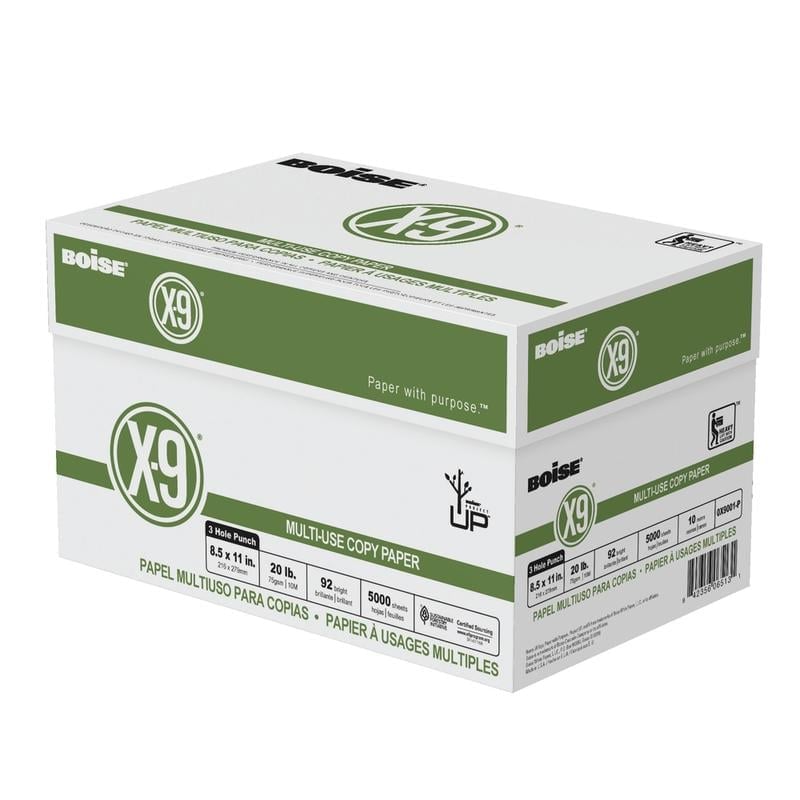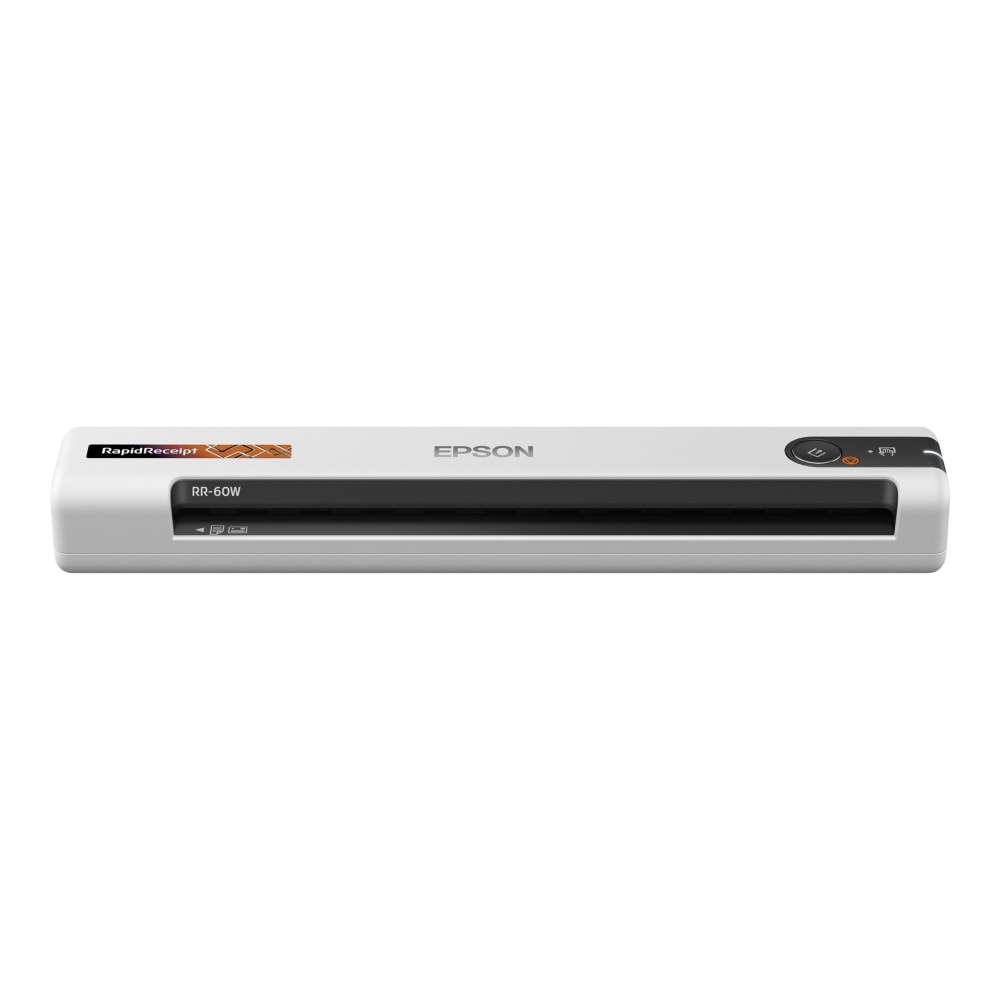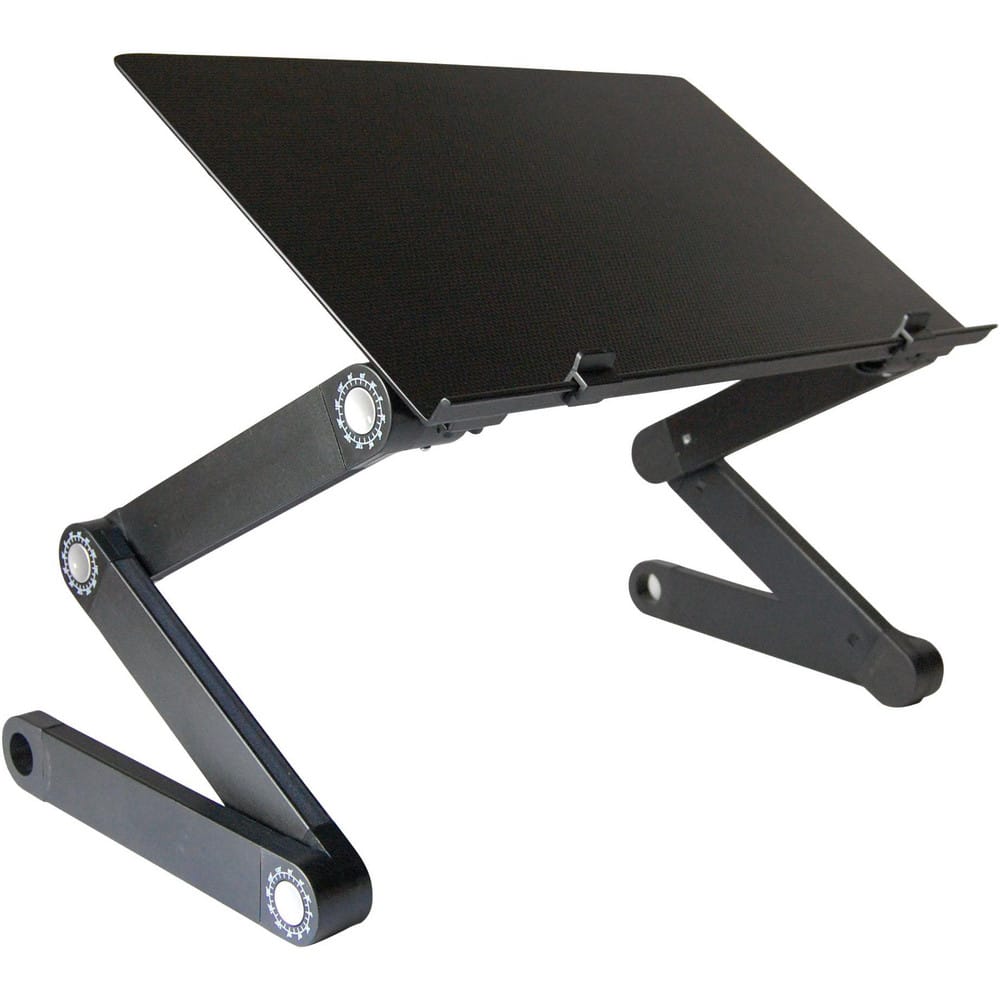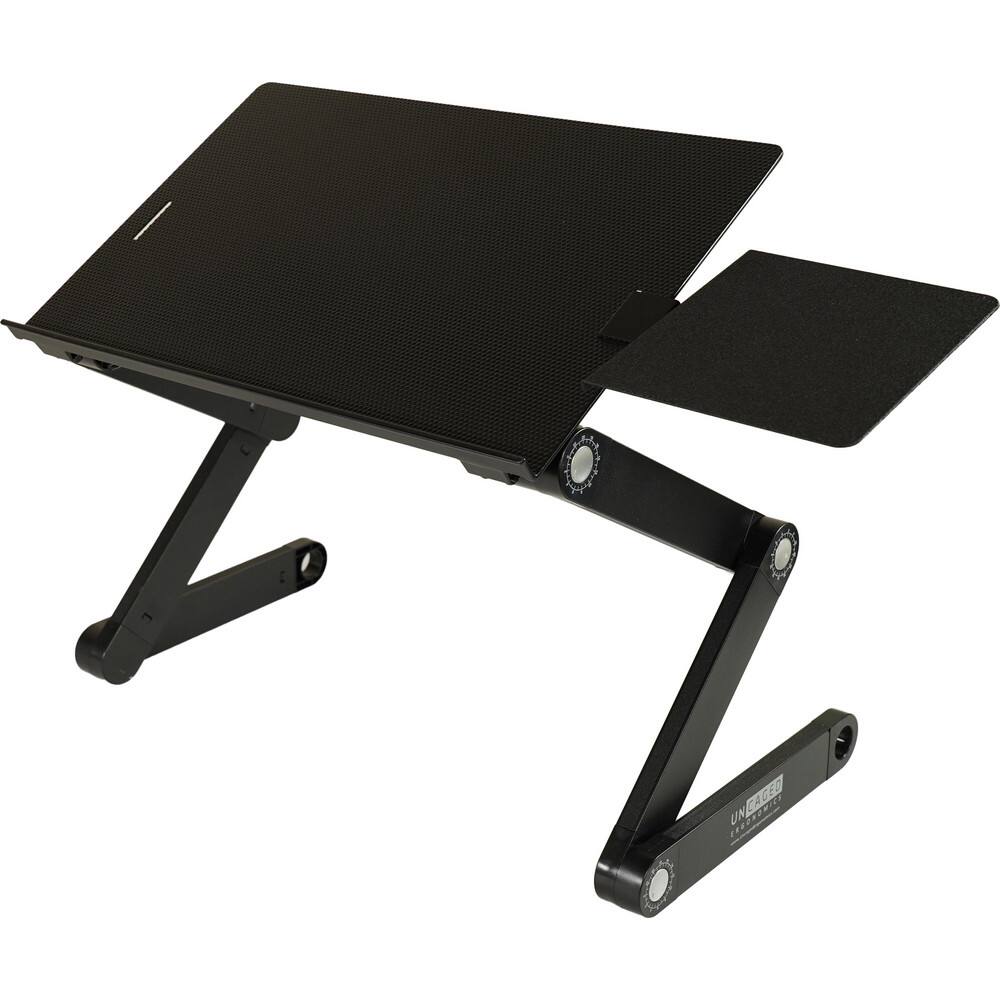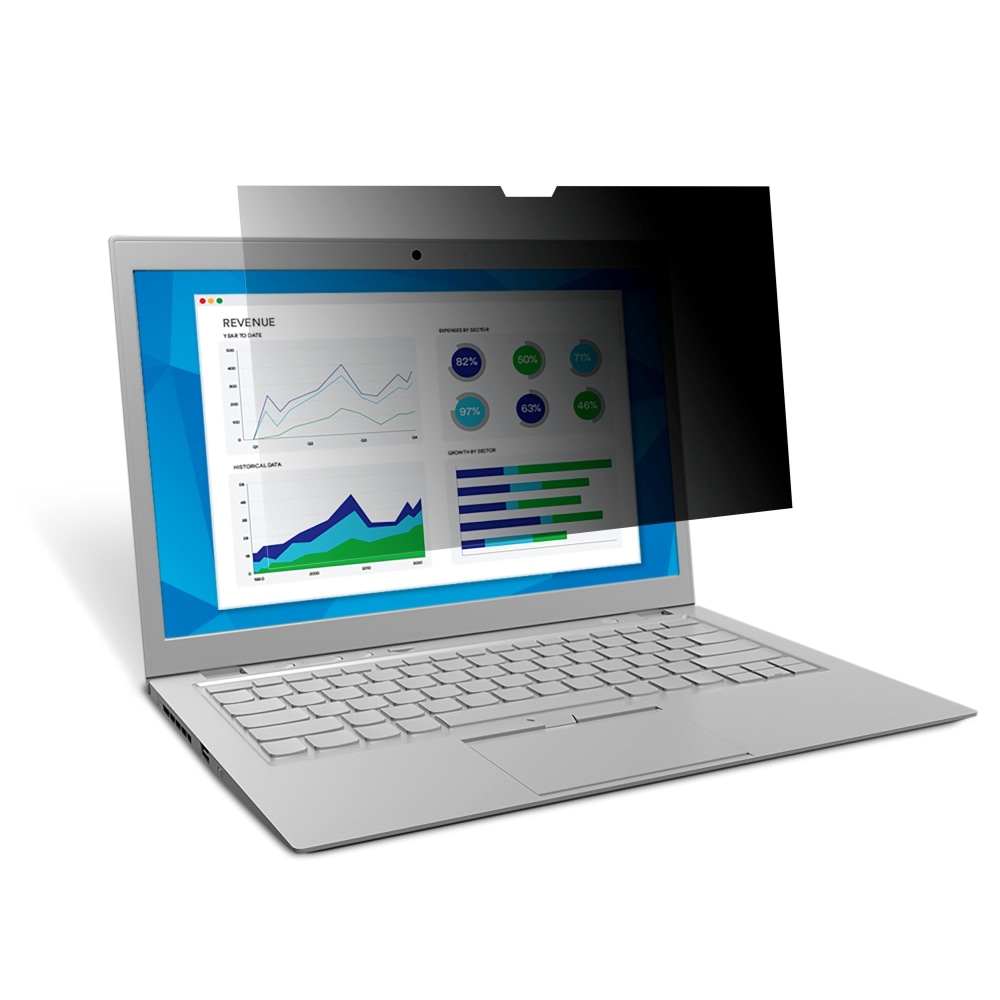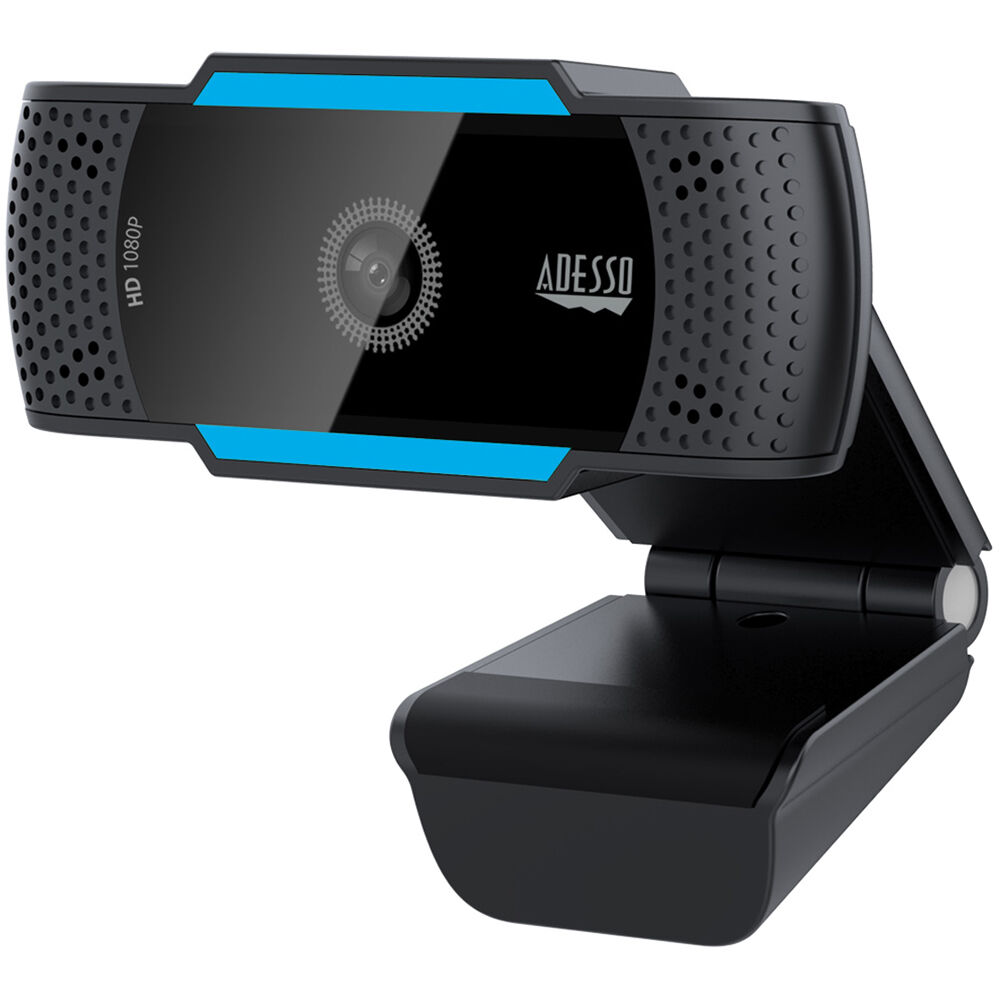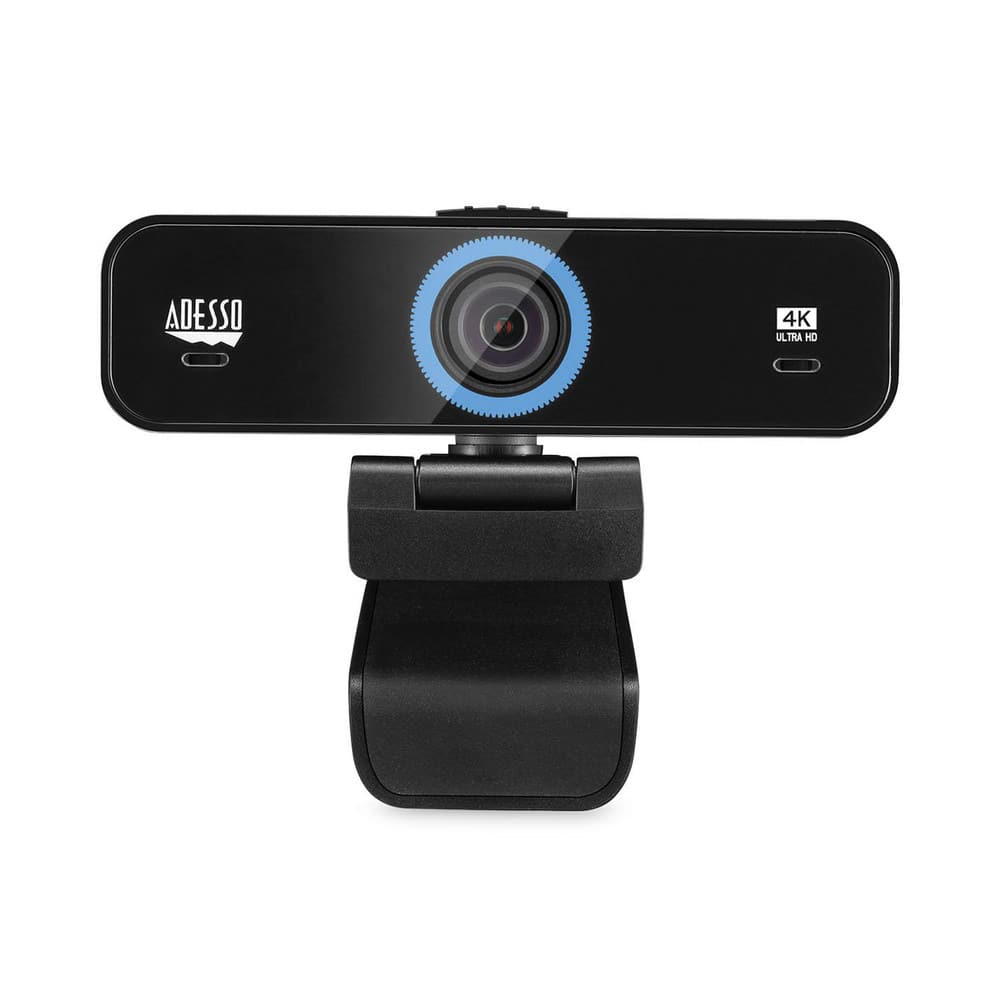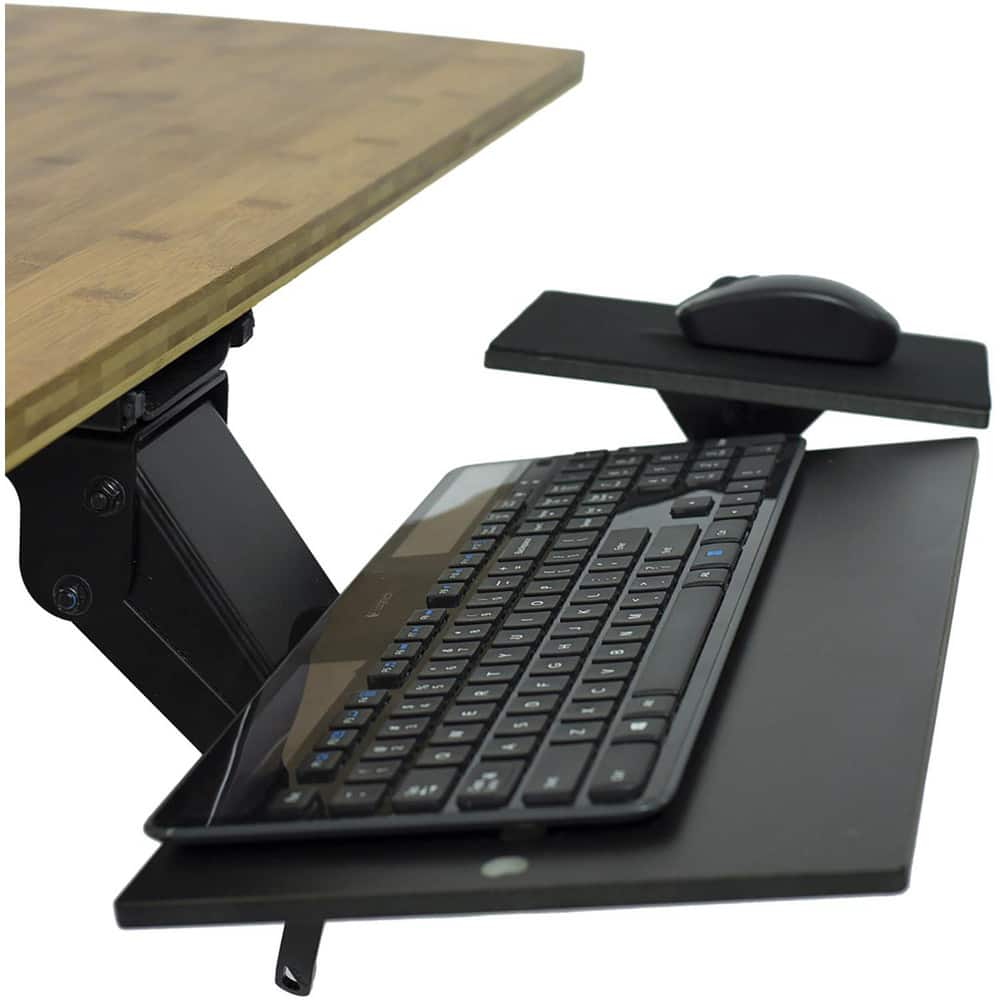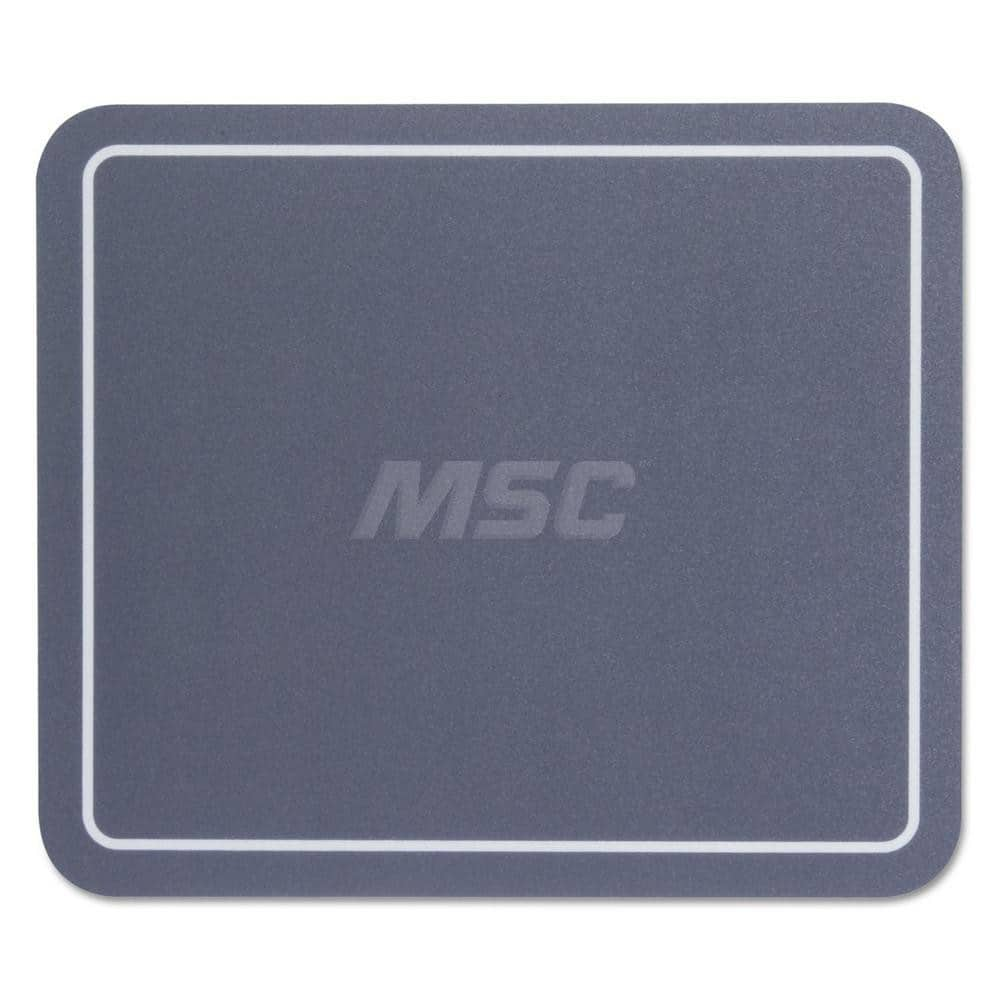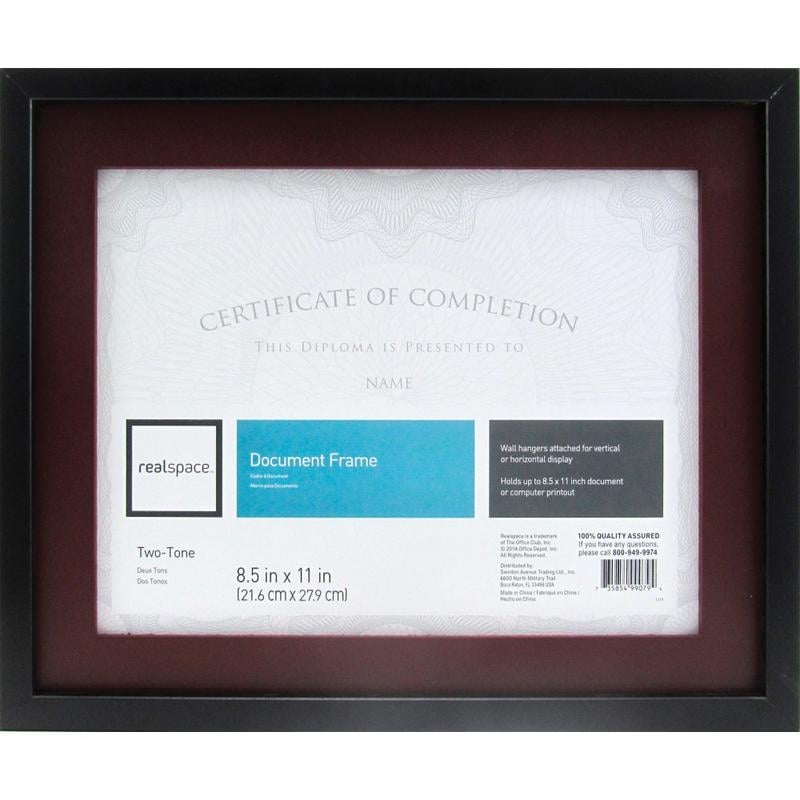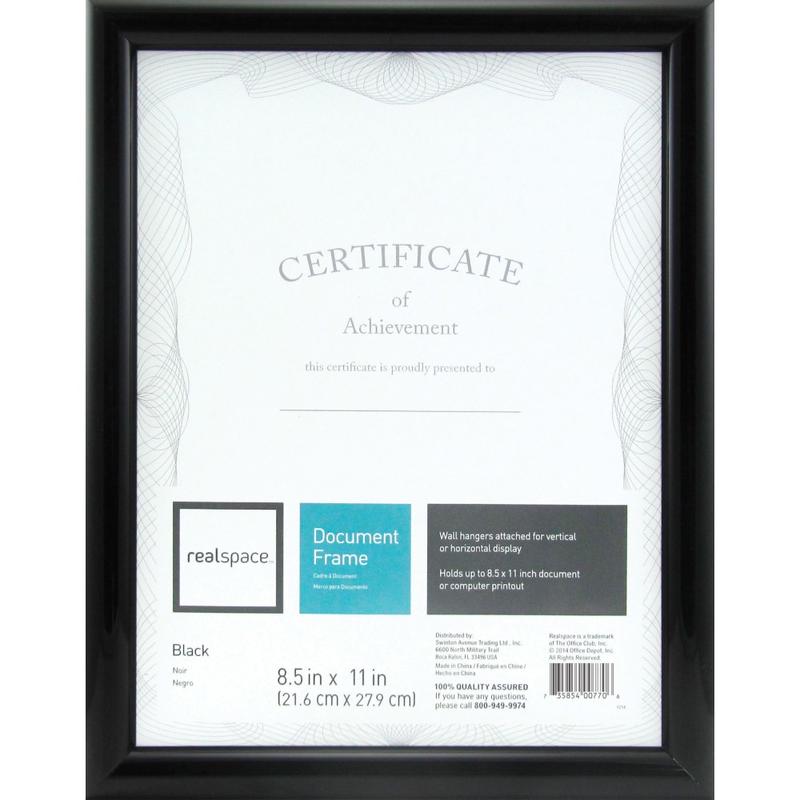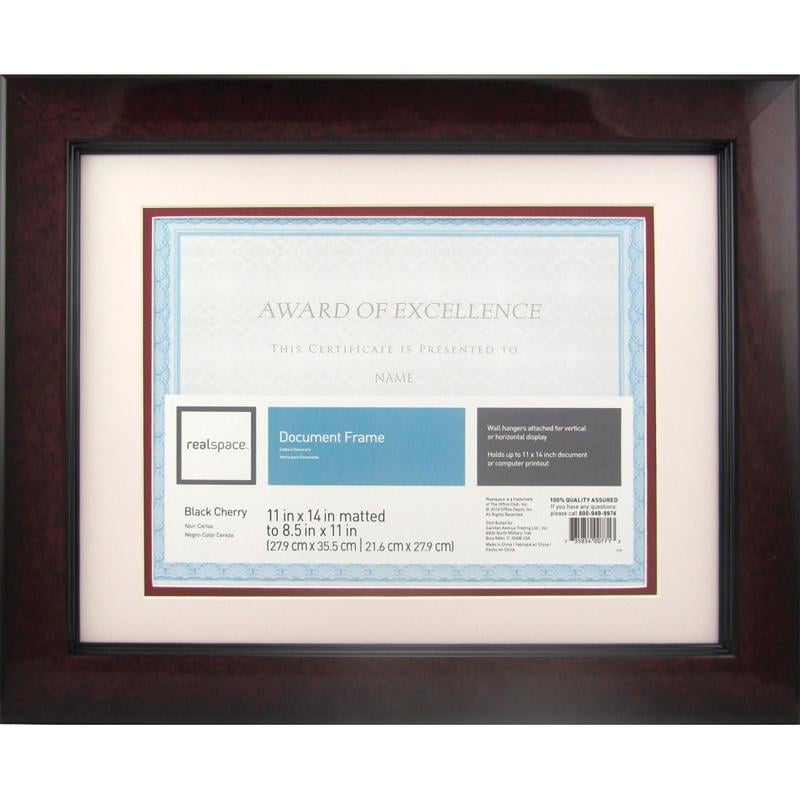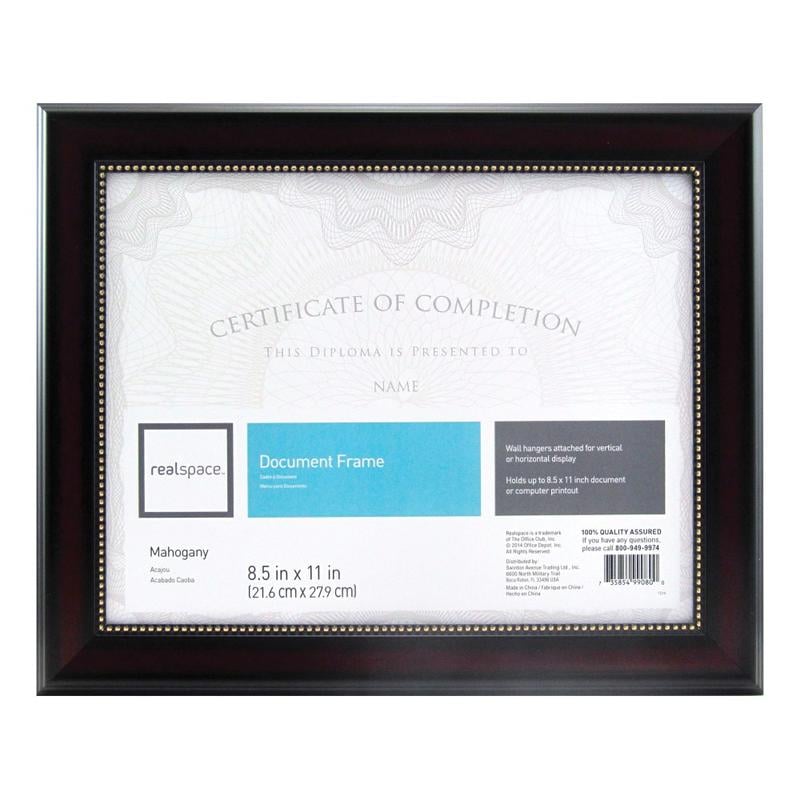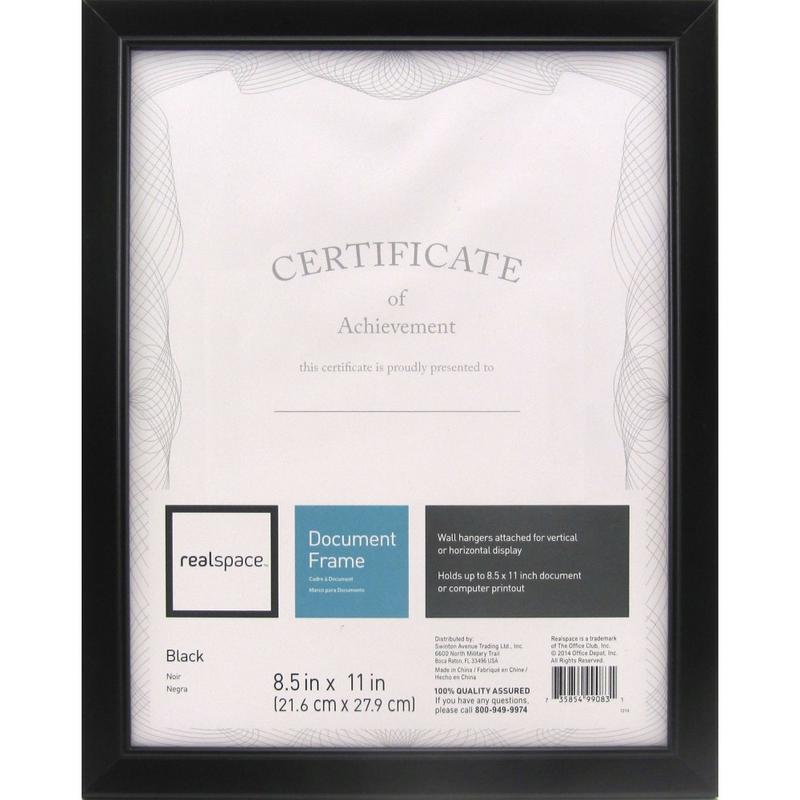Mastering the Hybrid Work Revolution: Products, Advantages, and Risks
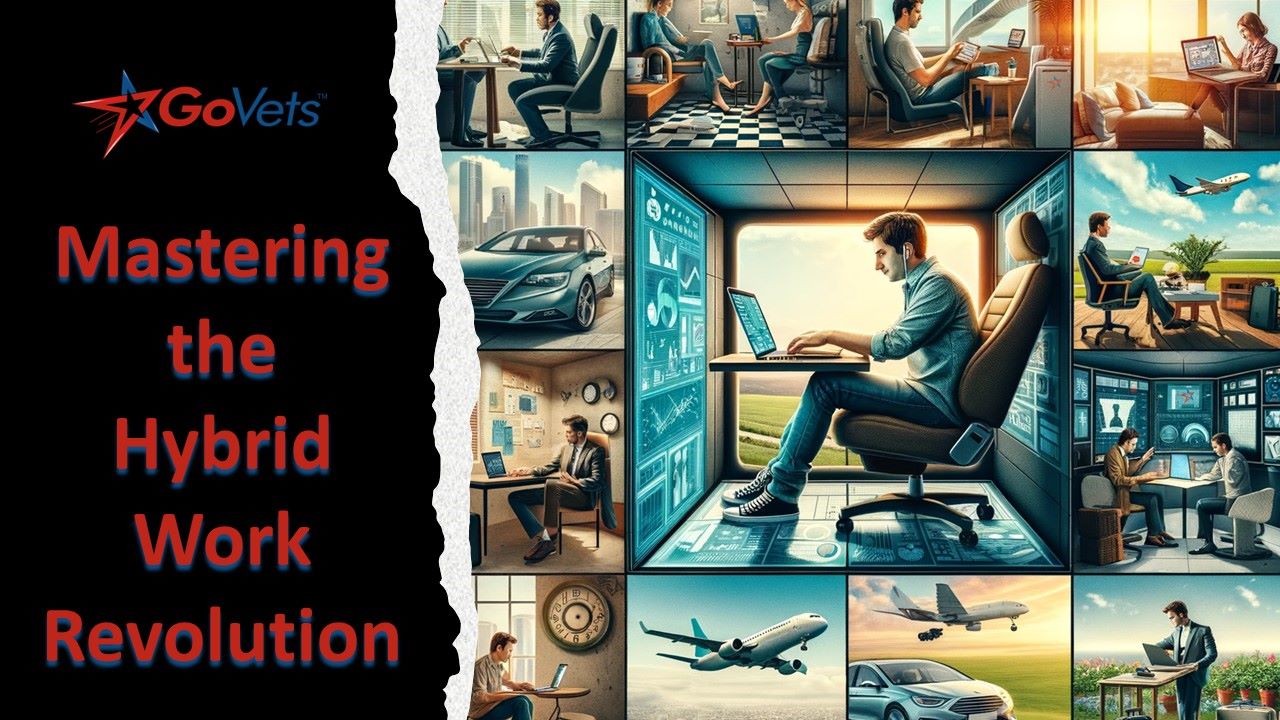
Overview
In the ever-evolving tapestry of human history, certain moments stand out as epochal shifts that redefine how we live, work, and interact. From the revolutionary invention of the printing press to the transformative dawn of the internet age, these milestones have left an indelible mark on society. Today, we find ourselves on the precipice of another monumental transformation – the age of hybrid work.
This is not a mere shift in where or when we work; it represents a profound reimagining of the very essence of work itself. As we embark on this journey into the hybrid work era, we are presented with an extraordinary opportunity – an opportunity to redefine productivity, collaboration, and the meaning of work. Organizations now have the chance to embrace cutting-edge technologies, innovative designs, and evolving societal trends to completely reimagine the role of individuals within physical workspaces.
In this comprehensive exploration, we will delve into the captivating world of the evolving office space, the disruptions it faces, and how organizations are poised to create the offices of the future. We will also unveil the top 10 product categories essential for thriving in the hybrid workspace, offering insights into how they optimize the future of work.
But before we delve into the product categories, let's first examine the fundamental shifts occurring in the realm of workspaces and how they align with the emergence of hybrid work. Join us as we unravel the dynamic interplay between the traditional and the innovative, the physical and the virtual, and the challenges and opportunities that lie ahead in the hybrid work landscape.
Table of Contents
Part I - The Office Revolution: Embracing the Hybrid Work Era
Part II - Elevating the Hybrid Workspace: Top 10 Product Categories for the Future of Work"
Part III - Navigating the Hybrid Work Landscape: Advantages and Risks
Part I - The Office Revolution: Embracing the Hybrid Work Era
In the grand tapestry of history, there have been moments that have reshaped the way we live, work, and interact. From the invention of the printing press to the dawn of the internet age, these transformative shifts have left an indelible mark on society. And now, we stand at the brink of another epochal change – the age of hybrid work. This is not merely a shift in how and when we work; it's a profound transformation that touches the very core of what work means to us.
As we embark on this journey into the hybrid work era, we are presented with an extraordinary opportunity. An opportunity to redefine productivity, collaboration, and the essence of work itself. It's a chance for organizations to embrace cutting-edge technologies, innovative designs, and evolving societal trends to completely reimagine the role of individuals within physical workspaces.
So, fasten your seatbelts as we dive into the fascinating world of the evolving office space, the disruptions it's facing, and how organizations are poised to create the offices of the future.
I.1 - Office Evolution: Rethinking the Workspace
The traditional office space, with its rows of cubicles and fixed desks, is on the brink of obsolescence. The rise of hybrid work has led to a reevaluation of what an office should be. No longer is it merely a place where employees gather to perform tasks. It's becoming a hub for connection, collaboration, and the holistic experience of one's work life.
In this age of hybrid work, the distinction between the office and home blurs. Employees are no longer tethered to their desks but are free to choose where and how they work. The appeal of hybrid and work-from-home arrangements lies in allowing people to be productive in environments that resonate with them, often alongside family and friends.
Additionally, the concept of "third space productivity" is gaining prominence. This entails employees seeking out alternative work locations like cafes, gyms, and outdoor spaces, either nearby or seamlessly integrated into their workspaces.
Recent research by office design firm Steelcase highlights a significant shift in employee desires. Today, one of the primary aspirations of workers is to find a sense of belonging within their work environment. While flexibility and choice are crucial, employees are not ready to bid farewell to physical offices. What they now seek is an environment that fosters connection, collaboration, and an integrated life experience – a far cry from the drab, isolated cubicles of yesteryears.
It's worth noting that many traditional offices find themselves akin to "technical debt," a term borrowed from the world of software development. It refers to outdated but costly-to-replace code or hardware. Consequently, the status quo often persists longer than it should. However, the confluence of worker demands, cultural shifts, and technological advancements is pushing us toward a moment of profound transformation.
I.2 - The Office Revolution: Embracing Change
The transition to a hybrid work model is not merely about convenience and cost-effectiveness. It's about reimagining work itself. With employees, managers, and executives rethinking the very essence of work, the physical office space is undergoing a fundamental reassessment.
As we navigate this transformative period, the emergence of new technologies and design innovations is reshaping our understanding of what an office can be. Augmented reality (AR) and innovative neighborhood designs are propelling organizations toward creating the office of the future, and it's not as distant as we might think.
In the world of hybrid work, individuals from all levels of an organization have gained newfound empowerment in how they engage with their work. The competition between offices and homes has receded, allowing organizations to explore exciting possibilities for shaping their workspaces. It's no longer a battle for supremacy; it's a harmonious coexistence of various work settings.
I.3 - The Future Is Here
The traditional office space, with its rows of cubicles and rigid structure, is fading into memory. In its place emerges a dynamic, flexible workspace that adapts to the evolving needs of the modern workforce.
The shift to hybrid work is not just about where work happens; it's about why and how we work. It's about creating environments that nurture collaboration, foster creativity, and provide a sense of belonging. As we step into this brave new world, we have the tools, the technology, and the vision to redefine the office experience.
Augmented reality will blur the lines between physical and virtual spaces, enabling seamless collaboration regardless of physical location. Innovative neighborhood designs will transform the workplace into a vibrant ecosystem where employees can thrive.
The era of hybrid work is a transformative moment in history, akin to the advent of personal technology and the internet. It's an opportunity for organizations to break free from the constraints of the past and embark on a journey to create the offices of the future.
I.4 - Wrap-Up
The office as we know it is undergoing a radical transformation. The rise of hybrid work has disrupted the traditional office space, ushering in an era of flexibility, choice, and collaboration. Employees are no longer confined to cubicles but seek environments that resonate with their individual preferences and needs.
Organizations that embrace this change are not merely adapting; they are thriving in the new landscape. The office of the future is not a distant dream; it's here, and it's evolving rapidly.
As we redefine the role of physical workspaces, we have the opportunity to create environments that inspire, connect, and empower individuals. The future of work is not a place; it's a state of mind, and it's time to embrace it fully. The office revolution is underway, and the possibilities are limitless.
Part II - Elevating the Hybrid Workspace: Top 10 Product Categories for the Future of Work
The world of work is undergoing a profound transformation, and the emergence of hybrid work has become a defining feature of this new era. Whether you're an individual seeking to enhance your remote work experience, a company adapting to the changing landscape, or a government agency aiming to optimize productivity, there are key product categories that can help you thrive in the hybrid workspace. In this comprehensive guide, we'll explore the top 10 product categories that are essential for embracing the future of work. For each category, we'll provide an overview and highlight the top five ways they can help you optimize your hybrid workspace.
II.1 - Ergonomic Furniture and Accessories
Ergonomic furniture and accessories play a crucial role in creating a comfortable and productive workspace, whether at home or in the office. These products are designed to support good posture, reduce strain, and enhance overall well-being.
Top 5 Ways They Help:
- Improved Comfort: Ergonomic chairs and desks provide superior comfort, reducing the risk of discomfort and pain during long work hours.
- Enhanced Productivity: Properly designed ergonomic furniture promotes better focus and productivity.
- Health Benefits: Ergonomic accessories like monitor stands and keyboard trays can prevent musculoskeletal problems.
- Customization: Many ergonomic products offer adjustable features to accommodate individual preferences.
- Versatility: Ergonomic furniture is suitable for both home and office environments, supporting the hybrid work model.
Product Recommendation:
II.2 - Collaboration and Communication Tools
Effective collaboration and communication tools are essential for keeping remote and in-office teams connected. These tools enable seamless communication, file sharing, and project management.
Top 5 Ways They Help:
- Remote Collaboration: Facilitate teamwork among dispersed teams through video conferencing and chat platforms.
- Real-time Updates: Keep everyone on the same page with shared calendars and document collaboration tools.
- Streamlined Workflow: Project management software enhances task tracking and workflow organization.
- Accessibility: Cloud-based solutions allow access from anywhere, ensuring no one is left out.
- Cost Savings: Reduce travel expenses and office space requirements with robust virtual collaboration.
II.3 - Hybrid Work Software Solutions
Hybrid work software solutions are designed to address the unique challenges of balancing remote and in-office work. These tools streamline scheduling, task management, and team coordination.
Top 5 Ways They Help:
- Scheduling Flexibility: Enable employees to manage their hybrid work schedules effectively.
- Resource Allocation: Allocate office space and resources efficiently based on need.
- Task Prioritization: Help individuals and teams prioritize tasks, ensuring essential work gets done.
- Data Analytics: Gather insights into work patterns, allowing organizations to make data-driven decisions.
- Compliance and Security: Ensure data security and compliance with remote work regulations.
II.4 - Home Office Technology
Home office technology encompasses a wide range of products, from computers and monitors to peripherals like printers and scanners. These tools are essential for a productive remote work setup.
Top 5 Ways They Help:
- Connectivity: High-quality computers and reliable internet access are crucial for seamless remote work.
- Efficiency: Printers, Scanners, and other peripherals enhance document handling and productivity.
- Ergonomics: Accessories like external keyboards and monitors improve comfort and efficiency.
- Collaboration: Webcam and Microphones enable clear communication during virtual meetings.
- Mobility: Laptops and tablets provide flexibility to work from different locations within and outside the home.
Product Recommendation:
II.5 - Virtual Private Network (VPN) Solutions
VPNs are critical for securing remote work connections. They encrypt data, ensuring privacy and security when accessing company networks remotely.
Top 5 Ways They Help:
- Data Security: Protect sensitive company information from potential breaches and cyberattacks.
- Remote Access: Enable employees to securely access company resources from anywhere.
- Privacy: Keep online activities confidential, safeguarding personal and work-related data.
- Compliance: Help organizations meet regulatory requirements for data protection.
- Global Connectivity: VPNs offer worldwide access to company networks, supporting international teams.
II.6 - Cloud Storage and File Sharing
Cloud storage and file-sharing platforms are essential for remote and hybrid work. They enable users to access and collaborate on documents from anywhere.
Top 5 Ways They Help:
- Accessibility: Store and retrieve files from any device with an internet connection.
- Collaboration: Collaborative editing features allow multiple users to work on documents simultaneously.
- Version Control: Track changes and maintain a history of document revisions.
- Security: Encrypted cloud storage protects sensitive data from unauthorized access.
- Scalability: Easily expand storage capacity to accommodate growing workloads.
II.7 - Home Office Decor and Lighting
Creating an inspiring and comfortable workspace at home is vital for productivity and well-being. Home office decor and lighting products enhance the aesthetic and functionality of your workspace.
Top 5 Ways They Help:
- Mood Enhancement: Proper lighting and decor can boost mood and creativity.
- Personalization: Design your home office to reflect your style and preferences.
- Organization: Storage solutions keep your workspace clutter-free and organized.
- Comfort: Ergonomic furniture and accessories enhance physical well-being.
- Productivity: A well-designed home office minimizes distractions and promotes focus.
Product Recommendations:
II.8 - Cybersecurity Solutions
Cybersecurity is a top concern in the hybrid work environment. Security solutions such as antivirus software, firewalls, and multi-factor authentication protect sensitive data.
Top 5 Ways They Help:
- Threat Mitigation: Identify and mitigate cybersecurity threats, safeguarding company information.
- Data Protection: Encrypt and secure data to prevent unauthorized access.
- Remote Monitoring: Monitor remote devices for potential security breaches.
- Compliance: Ensure compliance with industry-specific cybersecurity regulations.
- Employee Training: Cybersecurity solutions often include employee training modules to enhance awareness.
II.9 - Task Management and Productivity Apps
Task management and productivity apps help individuals and teams stay organized and efficient. These apps enable task tracking, goal setting, and time management.
Top 5 Ways They Help:
- Goal Achievement: Set and monitor progress toward individual and team goals.
- Time Management: Allocate time effectively and reduce distractions.
- Collaboration: Collaborative task management apps enhance teamwork and project coordination.
- Prioritization: Ensure important tasks are completed promptly.
- Reporting and Analytics: Gain insights into productivity patterns to optimize workflow
II.10 - Health and Well-being Products
Health and well-being products are essential for maintaining physical and mental health in the hybrid work environment. They include fitness equipment, meditation apps, and ergonomic accessories.
Top 5 Ways They Help:
- Physical Health: Fitness equipment and ergonomic products promote physical well-being.
- Mental Health: Meditation and mindfulness apps support mental health and stress reduction.
- Stress Reduction: Tools for relaxation and stress management enhance overall well-being.
- Work-Life Balance: Encourage a healthy balance between work and personal life.
- Energy and Focus: Well-being products contribute to increased energy and focus throughout the workday.
Wrap-Up
As we navigate the evolving landscape of work, these top 10 product categories offer indispensable tools for individuals, companies, and government agencies looking to thrive in the hybrid work environment. Whether it's creating a comfortable home office, fostering collaboration, enhancing security, or promoting well-being, these products play a vital role in optimizing the future of work. Embrace the possibilities they offer and step confidently into the world of hybrid work and enhanced productivity.



